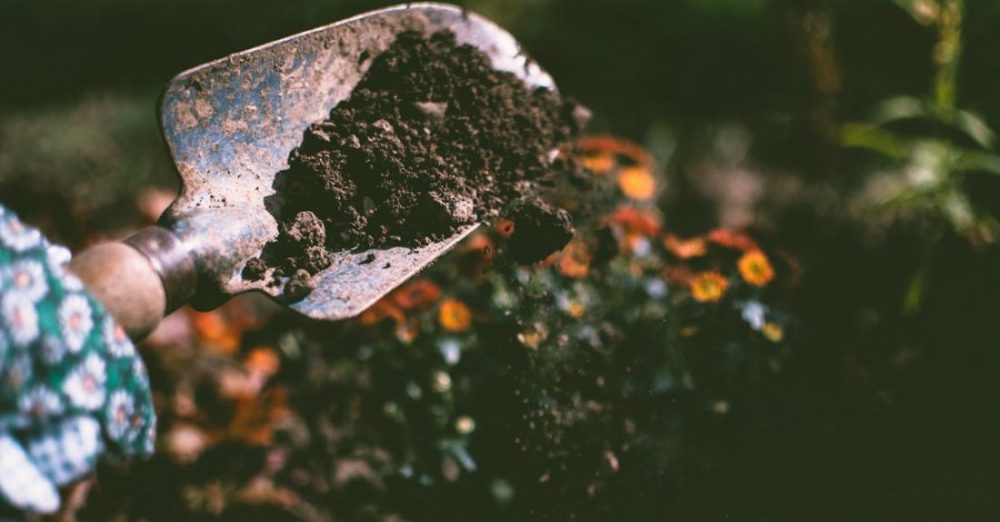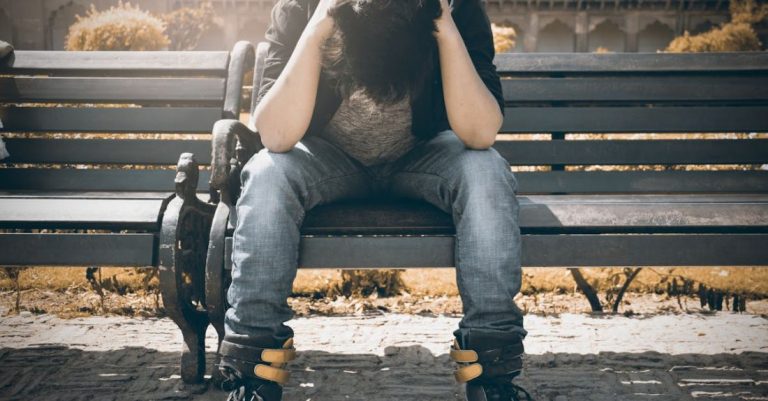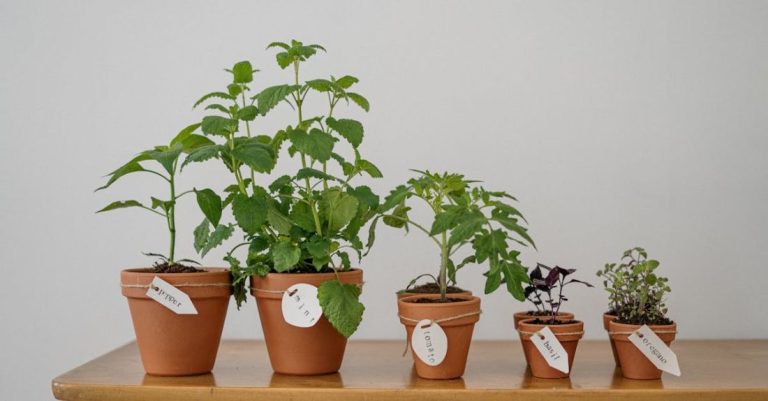
When it comes to gardening, one of the most crucial steps in ensuring the success of your plants is preparing the soil properly before planting. Healthy soil provides the essential nutrients and structure that plants need to thrive. By taking the time to improve your soil quality, you are setting your plants up for success right from the start. In this guide, we will explore various methods and tips on how to prepare your soil for planting.
Understand Your Soil Composition
Before you begin any soil preparation, it is vital to understand the composition of your soil. Different plants require different soil types, so knowing what you are working with will help you determine the necessary amendments. You can conduct a soil test to determine the pH level and nutrient content of your soil. This will give you valuable information on what your soil lacks and what needs to be added to improve its quality.
Remove Weeds and Debris
One of the first steps in preparing your soil for planting is to remove any weeds, rocks, or debris that may be present. Weeds can compete with your plants for nutrients and water, so it is essential to eliminate them before planting. Pull out any visible weeds and make sure to remove their roots to prevent regrowth. Clearing the soil of debris will also create a clean and tidy environment for your plants to grow.
Till the Soil
Tilling the soil is an effective way to improve its structure and aeration. Use a garden tiller or a shovel to loosen the soil to a depth of about 8-12 inches. This process helps break up compacted soil, allowing roots to penetrate easily and water to drain properly. Be careful not to over-till the soil, as this can disrupt the natural soil structure and beneficial organisms living within it.
Add Organic Matter
Adding organic matter to your soil is key to enhancing its fertility and health. Organic matter, such as compost, manure, or shredded leaves, provides essential nutrients to plants and improves soil structure. Spread a layer of organic matter over the soil surface and mix it in thoroughly using a shovel or garden fork. Aim to add about 2-3 inches of organic matter to the topsoil before planting. This will help enrich the soil and promote healthy plant growth.
Adjust Soil pH
The pH level of your soil plays a significant role in plant growth. Most plants prefer a slightly acidic to neutral pH range. If your soil test reveals that the pH is too high or too low for the plants you intend to grow, you can adjust it by adding amendments. Lime is commonly used to raise soil pH, while sulfur or peat moss can lower it. Follow the recommendations from your soil test results to achieve the ideal pH level for your plants.
Consider Mulching
Mulching is a beneficial practice that helps retain moisture, suppress weeds, and improve soil fertility. After planting, apply a layer of organic mulch, such as straw, wood chips, or grass clippings, around your plants. Mulch also acts as a natural insulator, protecting plant roots from extreme temperatures. Make sure to leave a small gap between the mulch and the plant stems to prevent rotting.
Watering and Maintenance
Once you have prepared your soil and planted your crops, proper watering and maintenance are essential for their growth. Water your plants consistently, making sure not to overwater or underwater. Monitor the soil moisture levels regularly and adjust your watering schedule accordingly. Additionally, keep an eye out for pests and diseases that may affect your plants and take prompt action to address any issues that arise.
Incorporate these soil preparation tips into your gardening routine to create a healthy and thriving environment for your plants. By taking the time to improve your soil quality, you are investing in the long-term success of your garden. Remember that healthy soil is the foundation for healthy plants, so give your plants the best start possible by preparing the soil thoughtfully and thoroughly. With proper soil preparation and care, you can enjoy a bountiful harvest and beautiful garden all season long.





